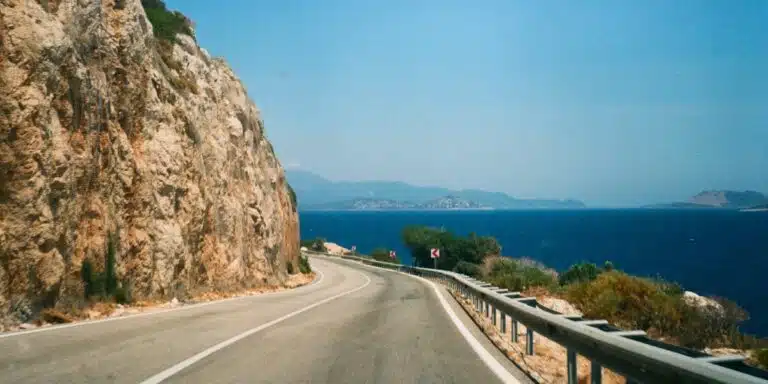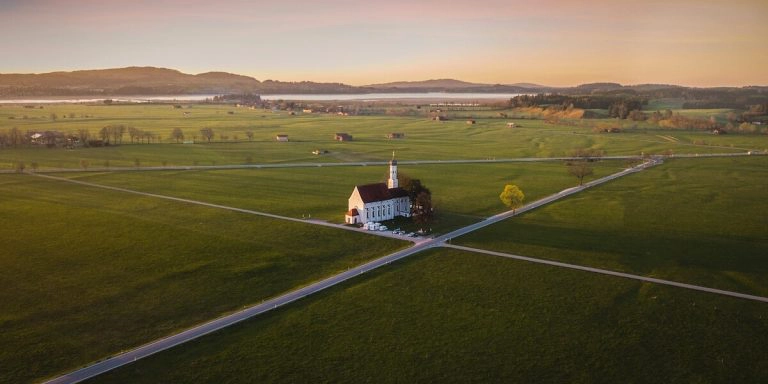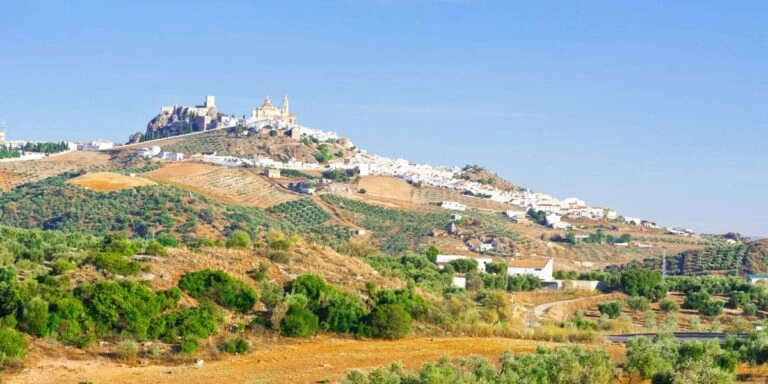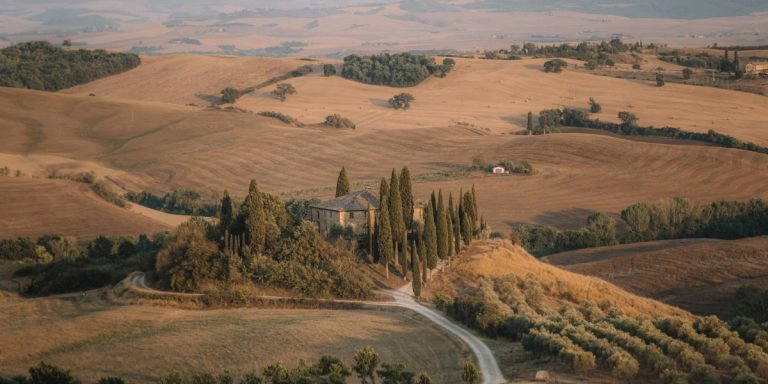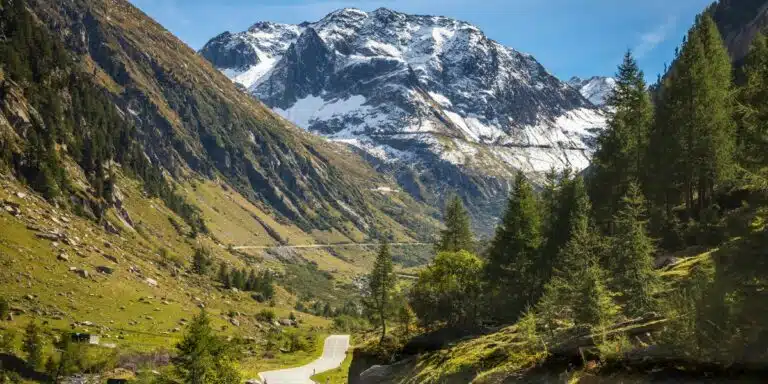This post may contain affiliate links, from which we earn an income. Click here to read our affiliate policy.
Spring presents an optimal window for embarking on an extensive road trip from Britain to Portugal, offering travelers extended daylight and nature in full bloom.
This season not only enhances the visual appeal of the landscapes but also aligns with various cultural festivals and educational opportunities along the route, making it an especially enriching time for in-depth exploration and learning.
Spring also provides a perfect backdrop for an in-depth exploration of diverse landscapes, historic urban centers, and picturesque coastal communities. This guide aims to serve as an academic-level analysis of the route, incorporating logistical insights, detailed geographical information, and strategic planning tips for vehicle preparation.
Beyond the surface-level appeal, this transnational journey offers a profound opportunity to analyze varying cultural dynamics, regional cuisines, and architectural styles. Whether pursued as an individual research endeavor, a couple’s experiential study, or a family’s educational excursion, this road trip promises a multifaceted learning experience.

The Route and Cultural Highlights
Spanning approximately 2,000 kilometers, the route from Britain to Portugal navigates through diverse geographical terrains and cultural regions. The path traverses England, crosses the Channel, and follows the scenic coastal corridors of France and Spain before culminating in Portugal. Depending on the depth of exploration and research focus, this journey can extend from five to ten days.
For those aiming for a comprehensive regional analysis, extending the trip to ten days allows for a nuanced understanding of local customs, architectural evolution, and culinary traditions. For example, travelers can immerse themselves in traditional Basque festivals, explore the intricate Gothic and Romanesque architectural styles in northern Spain, or experience the vibrant Fado music culture in Portugal.
These specific cultural touchpoints enrich the journey, offering deeper insights into the unique heritage of each region. With numerous historically significant towns, ecologically diverse landscapes, and culturally rich cities, the journey offers an extensive field study.
Statistical Overview:
From Great Britain to France
The journey initiates with a maritime or subterranean Channel crossing from Dover to Calais. The ferry crossing provides a unique case study in maritime transport, while the Eurotunnel exemplifies engineering excellence in subterranean infrastructure.
Upon arrival in France, Le Touquet serves as the initial stop, known for its coastal geomorphology and economic reliance on tourism and seafood industries. The town’s urban planning reflects early 20th-century resort architecture.
Advancing southward, Rouen offers a microcosm of medieval urban design, highlighted by the Rouen Cathedral and its association with Joan of Arc. This city provides a case study in the preservation of historical narratives within urban landscapes.
Further along, Caen allows for an exploration of World War II’s geographical and cultural impact, with the D-Day landing beaches and the Memorial de Caen serving as focal points for military history research.
Concluding this segment, Nantes showcases a dynamic blend of industrial heritage and modern cultural initiatives, exemplified by Les Machines de l’île, a project merging art, engineering, and tourism.
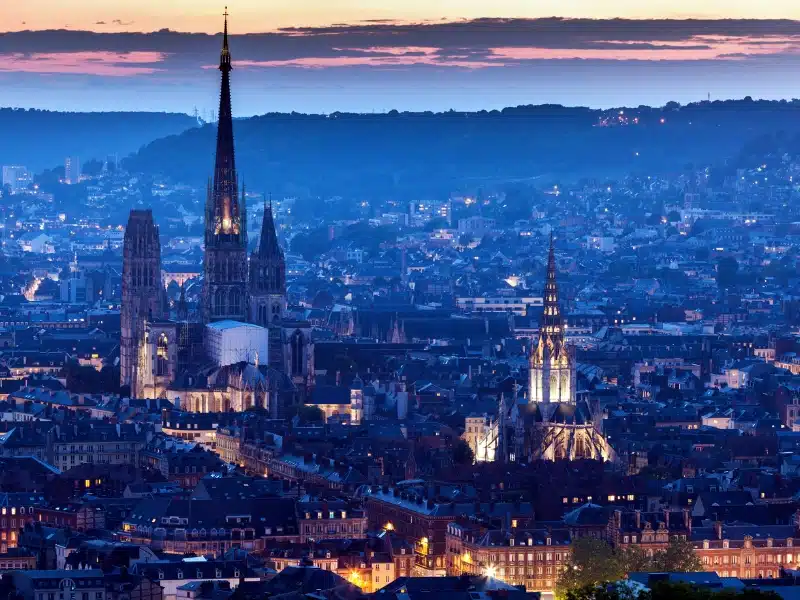
From France to Spain
Traveling along France’s Atlantic seaboard, La Rochelle provides insights into historical port city development, maritime trade, and coastal urbanization. Its preserved harbor and seafood markets reflect centuries of economic evolution.
Further south, Bordeaux stands as a paragon of viticulture and urban planning. Scholars can explore its UNESCO-listed architecture, the Place de la Bourse, and engage in field studies of its globally renowned vineyards.
Crossing into Spain introduces the Basque cultural landscape, beginning with San Sebastián, a city that merges coastal tourism with culinary excellence, epitomized by its pintxos culture – small, flavorful snacks typically served atop slices of bread and often accompanied by skewers – and the scenic La Concha beach.
In Bilbao, the integration of avant-garde architecture, exemplified by the Guggenheim Museum, with traditional Basque identity provides a compelling study in urban regeneration and cultural tourism.
The coastal route continues to Santander, a city that balances historical significance with modern urban development. The Palacio de la Magdalena offers architectural insights, while the nearby Cantabrian coast presents geological research opportunities.
Further inland, Oviedo and Gijón in Asturias highlight regional contrasts in urban planning and economic development, with a particular focus on Asturias’ post-industrial evolution.
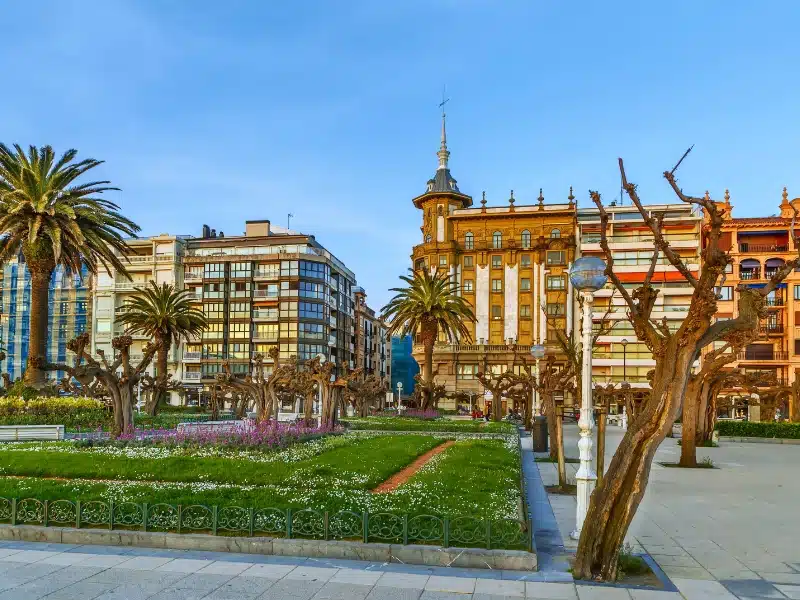
Entering Portugal
Crossing the Spanish-Portuguese border leads to Porto, a city where the Douro River shapes both the physical and cultural landscape. Porto’s historical Ribeira district and its global reputation for Port wine production offer extensive material for urban and economic studies.
Traveling southward, Coimbra serves as a focal point for academic history, housing one of the world’s oldest universities. The Joanina Library and Baroque university structures offer architectural and educational research opportunities.
Lisbon, Portugal’s capital, provides a case study in urban resilience and historical layering. The juxtaposition of Alfama’s medieval streets, the iconic yellow trams, and the panoramic Miradouros reveal a city continuously adapting to both historical preservation and modern innovation.
Nearby Sintra offers an exploration into Romanticist architecture, with Palácio da Pena serving as a quintessential example. Cascais, on the other hand, illustrates the evolution of a traditional fishing village into a modern resort town.
The journey culminates in the Algarve region, renowned for its coastal geomorphology, golden cliffs, and maritime heritage. Towns like Lagos and Albufeira provide case studies in tourism-driven economic development.
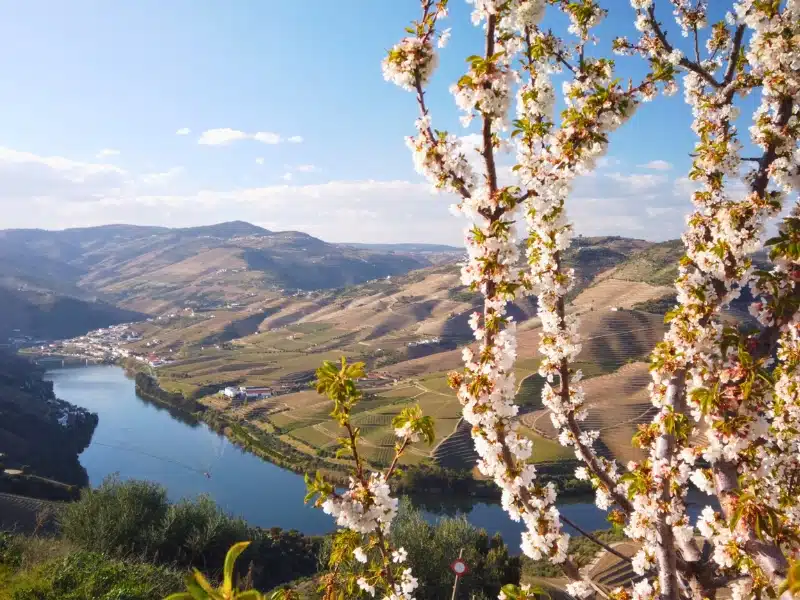
Vehicular Preparation
A critical aspect of this transnational journey is vehicular readiness. According to buycarparts.co.uk, worn brake discs significantly compromise vehicular safety, especially on long-distance routes. In addition to brake pads, travelers should be vigilant about potential mechanical issues such as overheating engines, worn-out tires, and malfunctioning cooling systems, which can be exacerbated by extended driving periods.
Ensuring proper oil levels, checking belts and hoses for wear, and verifying the functionality of air conditioning systems are crucial for a smooth journey. Regularly scheduled maintenance and carrying essential spare parts, such as fuses and bulbs, can help mitigate unforeseen breakdowns and enhance overall road safety. A comprehensive inspection of the braking system, tire tread depth, and air pressure is essential.
Further checks should include fluid levels – engine oil, coolant, and windshield washer fluid—as well as an assessment of lighting systems and battery integrity. Equipping the vehicle with GPS navigation, a first aid kit, reflective vests, and a spare tire ensures compliance with road safety standards.
For those opting for vehicle rental in Portugal, companies like Europcar, Hertz, and Sixt provide a range of options. Daily rental rates average between €30 and €60 for economy vehicles. Comprehensive insurance policies are strongly advised to mitigate potential liabilities.
Incorporating technological enhancements such as portable Wi-Fi hotspots and navigation apps can significantly improve logistical efficiency and real-time route management.

Travel Cost Breakdown
| Expense Type | Estimated Cost (EUR) |
| Fuel | €250 – €350 |
| Tolls | ~€100 |
| Campsites (per night) | €20 – €40 |
| Food (per day) | €30 – €50 |
| Car Rental (per day) | €30 – €60 |
| Total (approximate) | €1,000 – €1,500 |
Conclusion
A spring road trip from Britain to Portugal offers a comprehensive case study in geographical, cultural, and socio-economic exploration. This journey serves as an experiential learning platform, enabling a deep dive into regional diversity, historical narratives, and modern urban development.
Through meticulous planning and academic curiosity, travelers can transform this road trip into a substantive research expedition, bridging the gap between theoretical knowledge and practical experience. As you prepare to embark on this transnational journey, consider it not merely as a vacation but as an opportunity for holistic learning and cross-cultural engagement.

